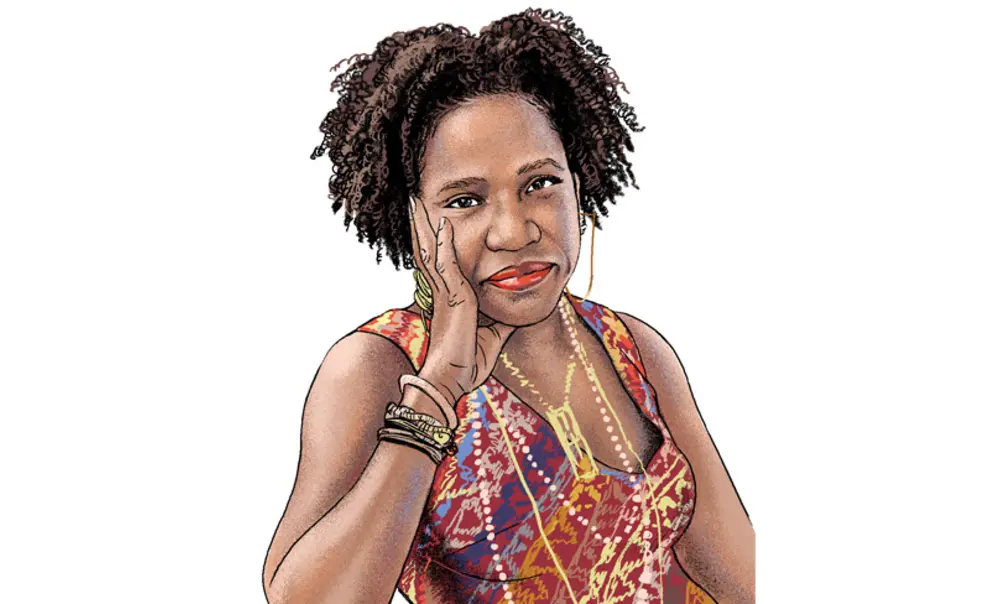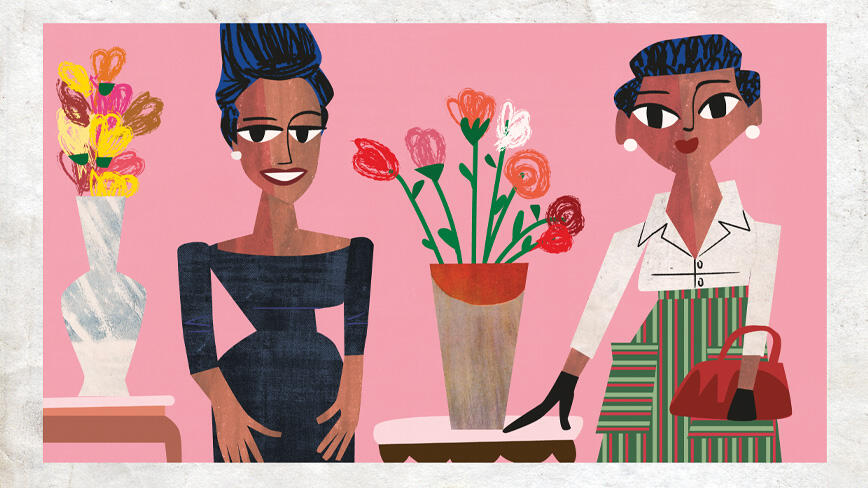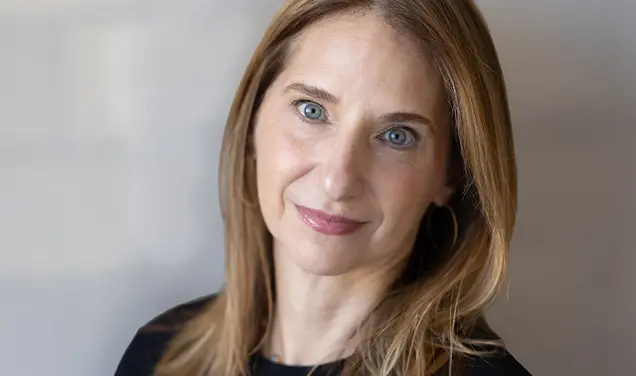Tina Campt Examines Visual Culture from a Black Feminist Perspective
Collaboration has been one of the keys to Tina Campt’s academic career. “I have thrived by working with collaborators — forging intellectual communities, co-publishing, and cultivating relationships,” says Campt, a Black feminist theorist of visual culture and contemporary art.
Academia often celebrates collaboration, but instruction in how to undertake it is not offered enough, Campt observes.
“Students in humanities and the arts are not really encouraged or taught how to work collaboratively, unlike in social or natural sciences, where research is based in groups or labs and people are fundamentally working together to test out ideas,” Campt says.
In 2023, Campt founded the Princeton Collaboratorium for Radical Aesthetics. It offers a place for collaborative projects and gives students the skills to work with others on their creative journeys. The project has offered conversations between collaborators, hosted artists-in-residence, and held multiday events.
In July, Campt was named director of the Princeton Atelier, founded 30 years ago by Toni Morrison. The atelier pairs artists in different fields for teaching and performing. For Campt, it is another way to promote fresh perspectives on the arts, which she has done throughout her career.
Quick Facts
Title
Professor of humanities and director of the Princeton Atleier
Time at Princeton
3 years
Upcoming Class
Cinema, Archive, Fabulation
Campt’s Research: A Sampling
How We See
Campt, known for her work in photography studies, examines the way in which photographs act as vehicles for understanding the world and our place in it. Her influential 2012 book, Image Matters, looks at how Black Europeans used family photography to create community. In her latest book, A Black Gaze, Campt shifts from vernacular photos to fine art to understand how contemporary artists are demanding that audiences see Blackness in new ways. In 2024, Campt was the recipient of the Photographic Studies Award, given by The Royal Anthropological Institute for contributions to the study of anthropology and photography.
How We Mourn
During the COVID-19 pandemic, Campt struggled with loss when several people close to her died. “Writing about art helped me cope with the grief I was experiencing,” she says. “It became a survival tactic.” Campt has compiled that writing into a monograph reflecting on the work of Black contemporary artists who have taught her ways of mourning. “It’s about giving people a different way to think about the power of art, and to think about grief as something that is not necessarily an end, but a different relationship to those we have lost.” The book, titled Art in a Time of Sorrow, will be published in 2026.
How We Live
How does one live at the end of the world? That is one of the questions posed by the theater performance Minor Music at the End of the World, for which Campt is an executive producer. Exploring the subjects of environmental catastrophe, slavery, and white supremacy, the performance incorporates sound, movement, acting, and cinematic elements. The project is an adaptation of two essays by Columbia professor Saidiya Hartman, with whom Campt has collaborated on several initiatives; it also draws from the writings of W.E.B. DuBois. The piece, which was performed in October at the Internationaal Theater Amsterdam, explores how Black communities might create new possibilities in our current tumultuous moment.












No responses yet